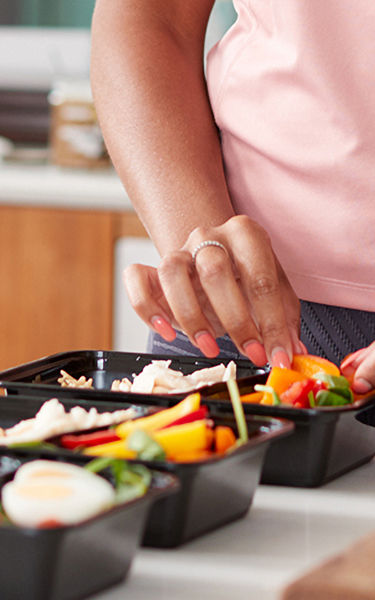You can significantly minimize food waste at home through small changes to your planning, portioning and serving for mindful shopping and eating. The combination of small steps we take when shopping, cooking and serving our food can make a massive difference in the fight against food waste. If you want to learn more about how much food gets wasted every year, click here to read our article.
Shopping according to needs rather than wants
Kitchen needs and eating habits can become entirely predictable when one pays attention to necessities first. When shopping, putting nutrition before whims and looks helps your family eat well and avoid food waste. Buying according to needs in small quantities, if possible in shorter periods, is a great way to avoid waste. You can learn more about this you can check out our article on how to buy food responsibly.
Portioning is Key
Instinctively we all equate more ingredients to more taste, but more doesn’t always mean tastier. Yet, it almost always means waste. This is why portioning and paying attention to the required amounts is a sure way to better-tasting food and avoiding food waste. You can use portion planners, kitchen scales and even create your own with existing items in your kitchen to get a sense of how much you need to prepare and serve.
You Should Be in Control of the Serving
Serve food in bowls in the middle of the table so that people can take what they want. Most of us may not want to save food scraped off someone’s plate, but if it’s still in a bowl or jar, we’re happy to do so. If you’re serving food on a plate, start with small portions and then add serving bowls as required. Many restaurants have changed the size of their plates and even the size of their serving scoops. At home, do the same thing. It has been discovered that if you reduce the amount of food on a plate by 1/4, people will still be satisfied. You can use smaller plates and portions to serve kids to avoid leftovers on the plates. Serving children adult-sized portions can be unhealthy as it is easy to overserve as they are physically much smaller have smaller stomachs.
Minor improvements in your attitude, thinking style, and habits can help avoid food waste. By taking small steps, you can make a big change in making the world a better place. Check out our articles to find out what other small steps you can take.
Share


